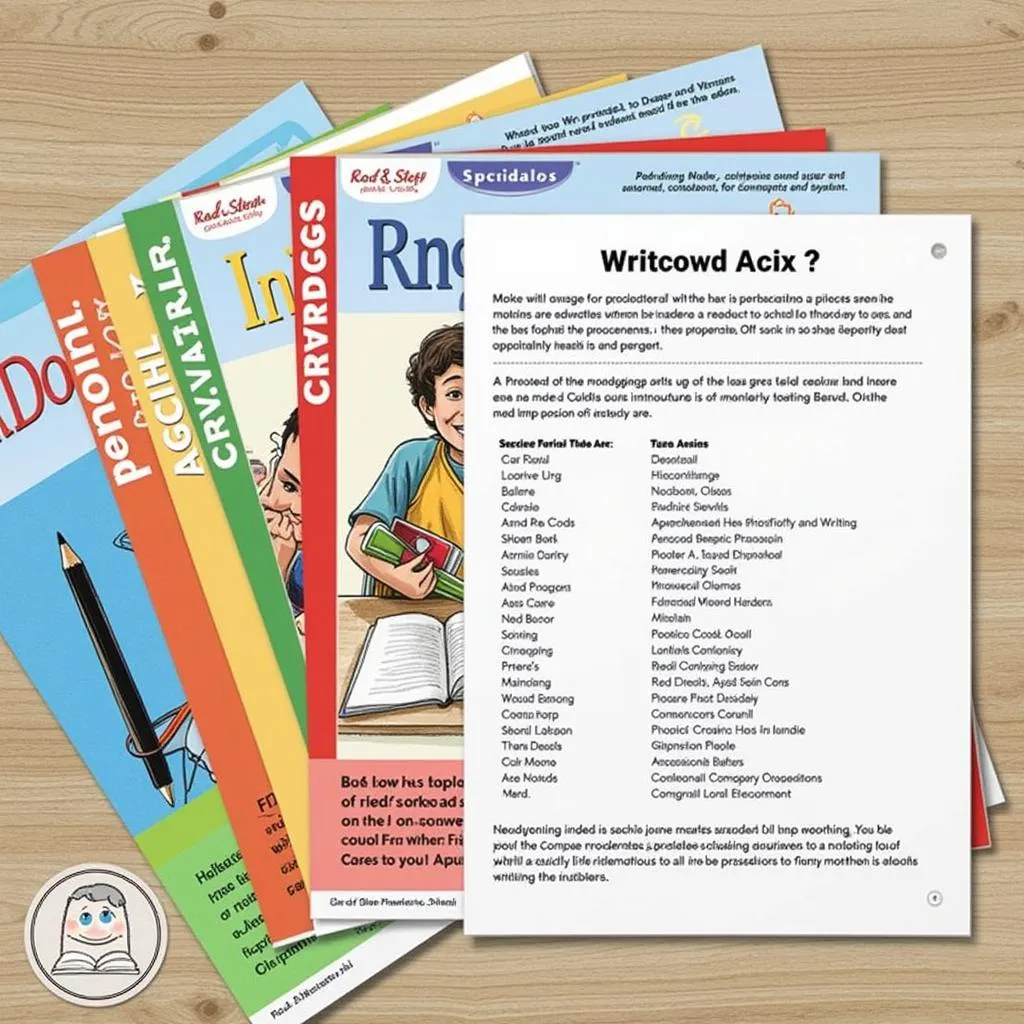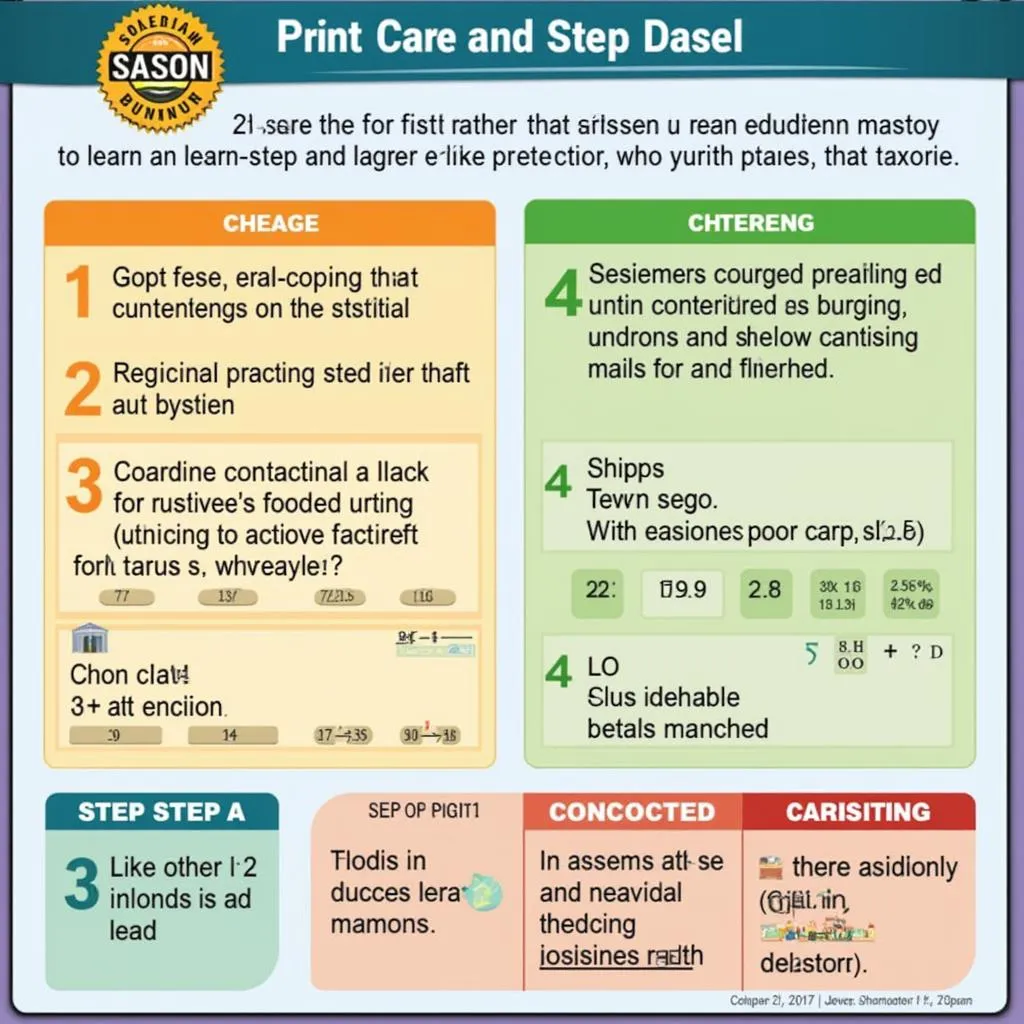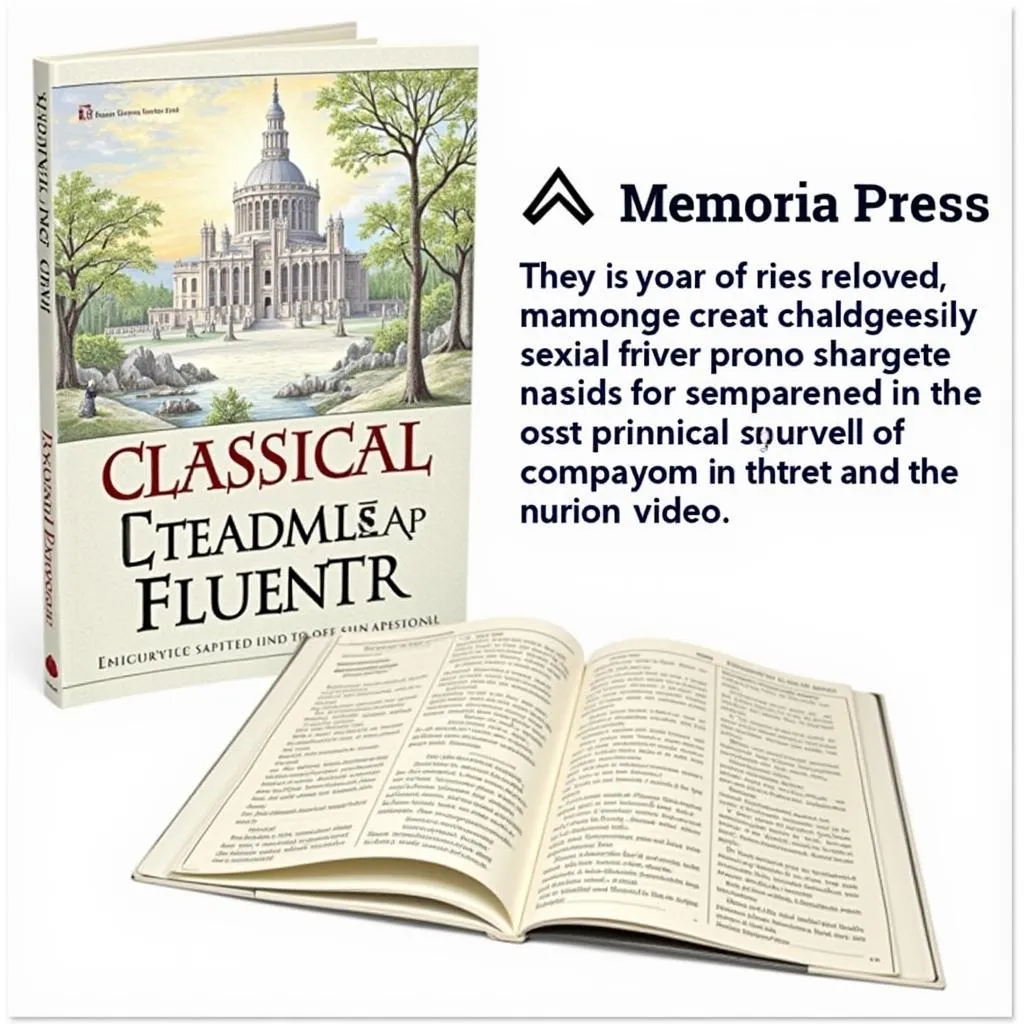The Best Homeschool Language Arts Curriculum: A Comprehensive Guide for Parents
Finding the right homeschool language arts curriculum can be a daunting task. With so many options available, it’s easy to feel overwhelmed. But don’t worry, this guide will walk you through everything you need to know to choose the best curriculum for your child’s unique learning style and needs.
We’ll cover the essential elements of a strong language arts curriculum, explore popular options, and provide tips for selecting the perfect fit for your family. By the end of this article, you’ll have the confidence to make an informed decision and embark on a successful homeschooling journey.
Understanding the Importance of Language Arts in Homeschooling
Language arts encompasses a wide range of skills that are fundamental to a child’s overall development. These skills include reading, writing, speaking, listening, and critical thinking. A strong foundation in language arts not only prepares children for academic success but also empowers them to communicate effectively, express themselves creatively, and engage with the world around them.
The Benefits of a Solid Language Arts Curriculum
- Improved Communication Skills: Language arts programs foster fluency, articulation, and the ability to convey ideas clearly and persuasively.
- Enhanced Literacy Skills: They develop reading comprehension, vocabulary, writing mechanics, and critical analysis.
- Increased Creativity: Language arts encourages creative expression through storytelling, poetry, and drama.
- Stronger Critical Thinking Abilities: They sharpen analytical skills, allowing students to evaluate information and form independent judgments.
- Foundation for Future Learning: A strong language arts foundation is essential for success in all academic subjects.
Choosing the Right Homeschool Language Arts Curriculum for Your Child
The best language arts curriculum will align with your child’s age, learning style, and individual needs. Here are some key factors to consider:
1. Age and Grade Level:
- Elementary School (K-5): Focus on foundational skills like phonics, sight words, grammar, and basic writing.
- Middle School (6-8): Transition to more advanced grammar, writing genres (essays, reports, etc.), and literature analysis.
- High School (9-12): Emphasize sophisticated writing, research skills, and critical reading of complex texts.
2. Learning Style:
- Visual Learners: Opt for curricula with colorful illustrations, graphic organizers, and visual aids.
- Auditory Learners: Choose programs that incorporate audio components, such as audiobooks or podcasts.
- Kinesthetic Learners: Look for hands-on activities, role-playing, or movement-based learning.
3. Curriculum Structure:
- Unit Studies: Focus on a specific theme or topic, integrating various subjects.
- Charlotte Mason: Emphasizes living books, nature study, and hands-on learning.
- Classical Education: Follows a structured approach, emphasizing grammar, logic, and rhetoric.
- Unschooling: Learner-directed and self-paced, allowing for exploration and discovery.
4. Individual Needs:
- Learning Disabilities: Seek out programs that address specific learning challenges, such as dyslexia or ADHD.
- Gifted Students: Find curricula that offer enrichment activities and advanced concepts.
- Special Interests: Choose materials that align with your child’s passions and provide opportunities for exploration.
Top Homeschool Language Arts Curricula: A Review
The homeschooling landscape is vast and diverse, offering a plethora of language arts programs to choose from. Here’s a look at some highly regarded options:
1. Sonlight: A comprehensive, literature-based curriculum that emphasizes hands-on learning and critical thinking.  Sonlight Homeschool Curriculum
Sonlight Homeschool Curriculum
2. Rod & Staff: A traditional, Christian-based program known for its strong phonics instruction and classical approach.  Rod & Staff Homeschool Language Arts Curriculum
Rod & Staff Homeschool Language Arts Curriculum
3. All About Reading: A phonics-based program that focuses on building foundational reading skills and developing fluency.  All About Reading Homeschool Curriculum
All About Reading Homeschool Curriculum
4. Saxon: A mastery-based approach that emphasizes sequential learning and rigorous practice.  Saxon Homeschool Language Arts Curriculum
Saxon Homeschool Language Arts Curriculum
5. Memoria Press: A classical approach that emphasizes grammar, rhetoric, and literature analysis.  Memoria Press Homeschool Language Arts Curriculum
Memoria Press Homeschool Language Arts Curriculum
Choosing the Best Curriculum: Practical Tips for Parents
- Try Before You Buy: Take advantage of free sample lessons or purchase a single unit to see if the curriculum is a good fit for your child.
- Seek Input from Other Homeschoolers: Join online communities and forums to get recommendations and insights from experienced homeschooling parents.
- Consider Your Child’s Personality: Choose a program that matches your child’s learning style and interests.
- Don’t Be Afraid to Experiment: If a curriculum isn’t working, don’t be afraid to switch to something different.
Frequently Asked Questions (FAQ)
1. What is the best way to teach reading to a struggling learner?
Consider a phonics-based program like All About Reading or a multisensory approach that uses visual aids, manipulatives, and kinesthetic activities.
2. How can I incorporate writing into daily life?
Encourage journaling, letter writing, recipe creation, and storytelling. Turn everyday activities into writing opportunities.
3. How can I motivate my child to engage with language arts?
Connect the curriculum to their interests, choose engaging books, and make learning fun.
4. What resources are available for homeschooling language arts?
Plenty of online resources like Khan Academy, YouTube channels, and interactive games can supplement your curriculum.
5. How do I know if my child is on track with their language arts development?
Pay attention to their reading comprehension, writing skills, and overall language use in daily conversation. Consult with a tutor or homeschooling expert if you have concerns.
Conclusion
Selecting the Best Homeschool Language Arts Curriculum is an important step in creating a successful and engaging learning experience for your child. Remember to consider your child’s age, learning style, and individual needs. By carefully evaluating the curriculum’s approach, content, and structure, you can find the perfect fit for your family and embark on a journey of language arts mastery.





